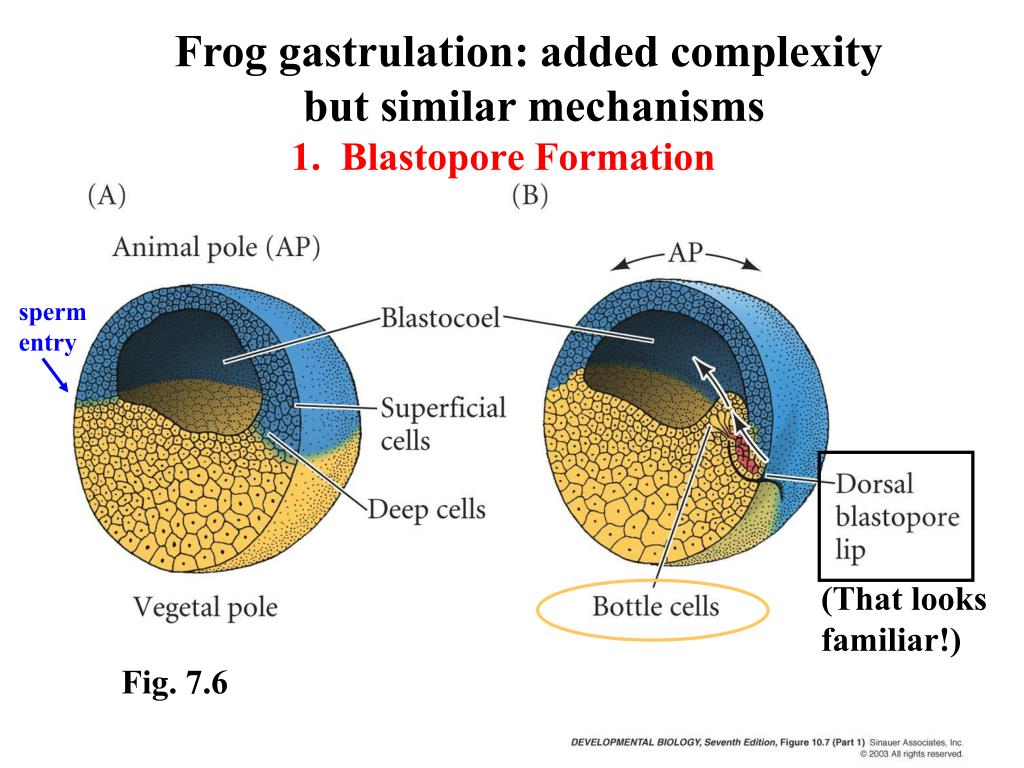

To date, there are no cost-effective technologies for growing sea urchins in aquariums. Marine aquaculture is one way to meet the growing demand for healthy marine food. The goal of the study was to present comparative data on reproductive characters of three common species of sea urchins. Sea urchin roe is considered as a prized delicacy in Asian, Mediterranean and Western Hemisphere countries and has long been a luxury food in Japan. Sea urchin mariculture, together with other farmed animals, is of growing importance in such a situation.

Since ancient times, sea urchin gonads are culinary delicacies in many parts of the world. Analysis of the spectrum of food habits of ancient man shows that sea urchins made up a significant part of the diet of people. Evidence is provided by the so-called kitchen heaps, which were found at the sites of ancient people located on the sea coast. Marine objects may have been the earliest food objects for humans. Along with the creation of marine aquaculture farms using traditional objects, like oysters, sea urchins, sea algae, et cetera, it is necessary to study the reproductive characteristics of other common species. Science-based approaches can enhance farming techniques, and one such approach is the development of coastal mariculture to reproduce commercial species using sophisticated technology. The solution to this problem requires strict compliance with the catch rates regulations and the development and application of methods for artificial cultivation of aquatic objects. In recent years, the problem of overfishing of aquatic biologic resources has become acute. Resources from the sea in the region are not only fish but also invertebrates, which diversify our food resources. Asia-Pacific region and its population dynamics (UN Economic and Social Commission for Asia and the Pacific (ESCAP), 2014). Sustainable development of coastal countries can be established by linking their economies with sea resources (Figure 1). For further sustainable development, scientific studies of the biological principles of reproduction of mariculture objects must be introduced.Ĭountries in the Asia-Pacific region with a high population are experiencing problems of a lack of protein-rich food. In recent years, a central circle of countries comprising producers and suppliers of products from sea urchins to the world market has been developed ( Stefansson, Kristinsson, Ziemer, & Hannon, 2017). Harvesting of natural sea urchins has possibly reached its limit, and thus, it is likely that the global production of sea urchin roe from wild fisheries will decline ( Rahman et al., 2014). Sea urchins are not only a source of high protein delicacy food but are also a potential source of biological active substances used for medical purposes ( Rahman, Arshad, & Yusoff, 2014). In 2018, the aquaculture production volume was about 938,500 tonnes of aquatic animals (USD 6.8 billion) such as turtles, sea cucumbers, sea urchins, frogs, and edible jellyfish ( FAO, 2018). In 2016, global aquaculture production (including aquatic plants) was 110.2 million tonnes, with the first-sale value estimated at USD 243.5 billion. In 2012, farmed food fish contributed 42.2% of the total 158 million tonnes of fish produced by capture fisheries (including for non-food uses) and aquaculture. The global trend of aquaculture development gaining importance in total fish supply has remained uninterrupted. setosum can be used to increase the number of cultivated species. However, this species cannot be used for the tropical zone. Analysis of material and time costs has led to the conclusion that Mesocentrotus nudus is the most convenient for obtaining seed material. The larval development of Mesocentrotus nudus lasted about 30 days. Their dimensions did not reach one millimetre. Agassiz, 1864) was developed through the pluteus larvae, which had some differences from the pluteus of the genus Strongylocentrotus. Larval development took about 45 days in D. These sea urchins were developed through the modified pluteus, which only had two pairs of larval arms. savignyi were very similar, and some differences could only be observed at the late pluteus stage. savignyi (Audouin, 1829) (South China Sea), and Mesocentrotus nudus (A. We proposed to investigate the larval development of three sea urchin species: Diadema setosum (Leske, 1778), D. One possible solution to this problem is marine farming. Sea reserves of useful species are exhausted. This question arose relatively recently, but in the last decade, mankind will have to lean more towards the second.


 0 kommentar(er)
0 kommentar(er)
